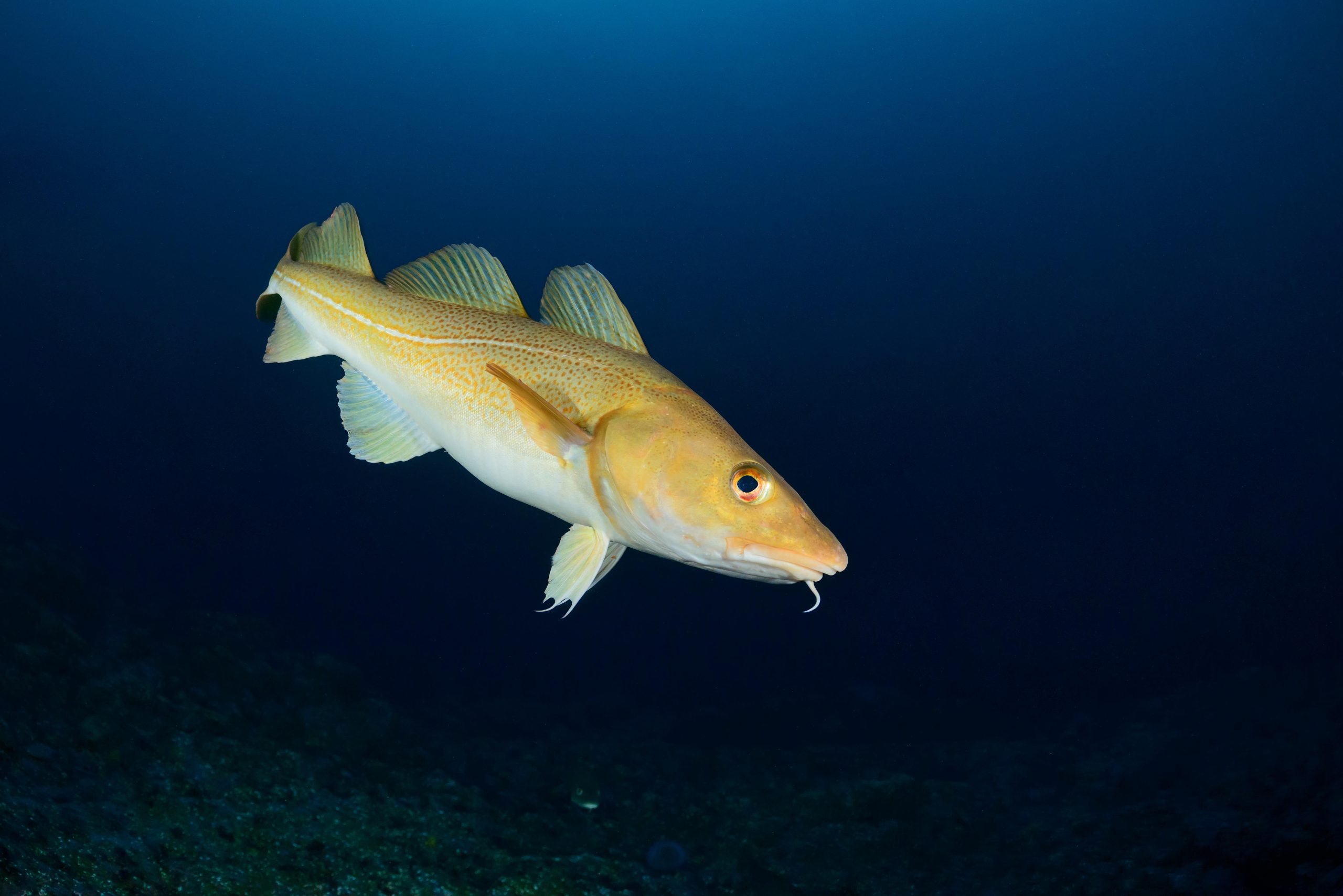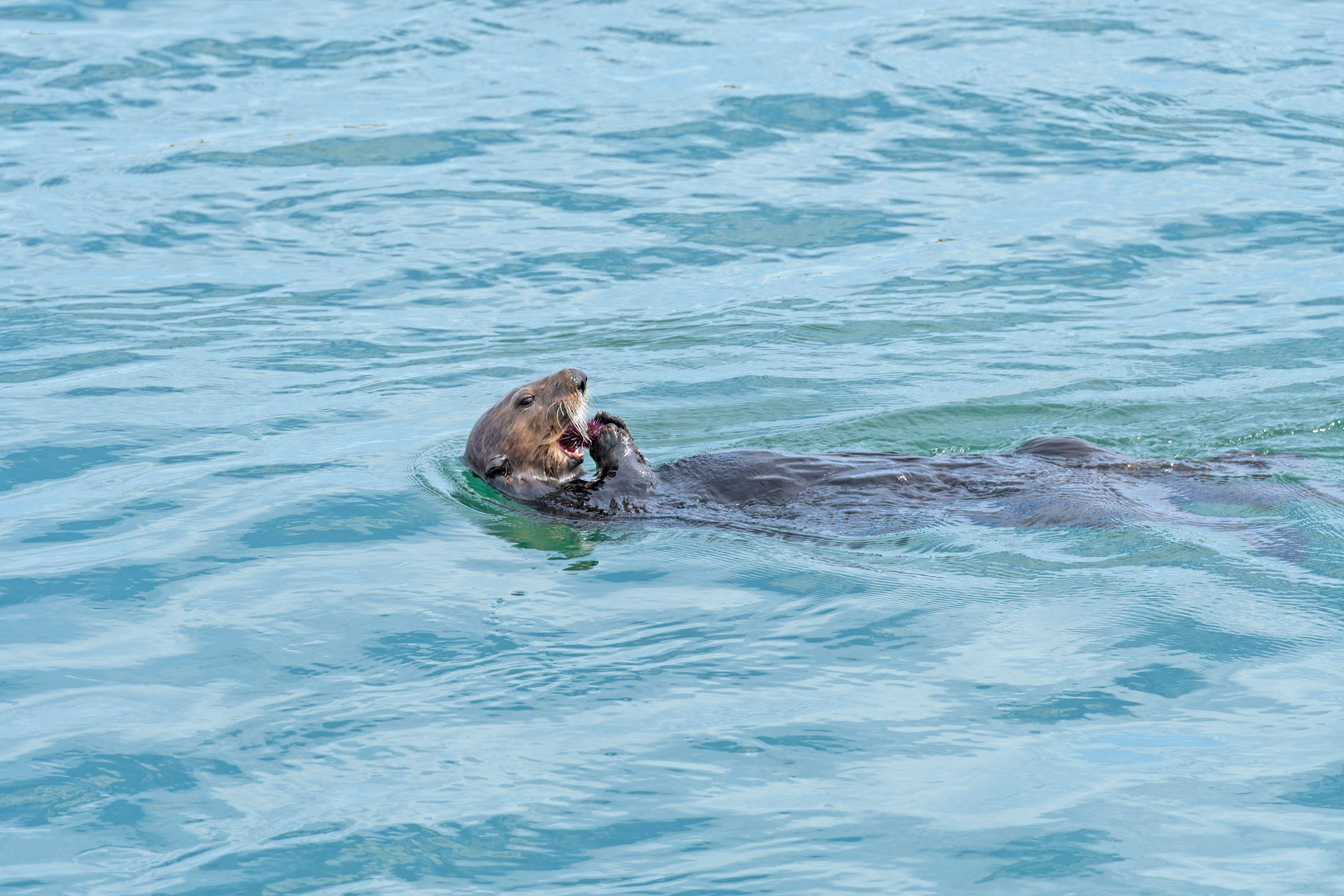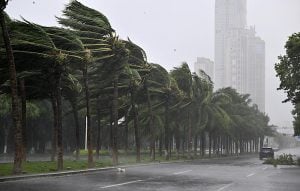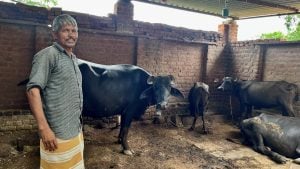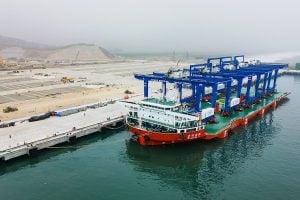For hundreds of years, vast schools of cod, haddock, and herring from the waters of northern Europe fed many nations. But late last century, fish populations in the North and Baltic seas caved under the pressures of industrial fishing, declining to a fraction of historical levels.
Fishery managers responded by enforcing limits that sharply reduced harvests. The amount of cod that fishers were allowed to catch was cut from 132,400 tonnes in 1999 to less than 20,000 in 2007. By 2022, further cuts limited the fleet to barely 13,000 tonnes. Throughout the region, fishing economies once dependent on cod have withered. Northern Germany alone saw its cod fleet – 2,000 vessels strong in the early 1990s – shrink by half in a quarter century.
Reduced landings for North Sea plaice and hake led to dramatic rebounds in their numbers, but the damage to cod seems beyond repair. To this day, they have not recovered.
Now, after years of analysing population data and patterns, many scientists believe cod were fished over a tipping point, trapping this northern staple in a new ecological arrangement of reduced abundance. They say this dramatic change could be irreversible within human timescales.
“They are locked in this low-level state,” says the University of Hamburg’s Alexandra Blöcker, a post-doctorate researcher and the lead author of a 2023 paper assessing the effects of tipping points on North Sea fisheries. “They have basically only a low chance of recovery.”
An uptick in tipping points
The plight of cod mirrors similar changes now underway around the world. Human pressures on the environment, scientists say, are forcing coral reefs, glaciers, the Amazon rainforest, major ocean currents, and several other major systems toward tipping points. Beyond these thresholds, many could transform as they enter what scientists call “alternative stable states”. They could remain in these new regimes for decades or centuries.
Starkly contrasting ecosystem or climate regimes that are possible under the same set of external environmental conditions are known as alternative stable states. Shifts between alternative stable states typically result from brief but powerful disturbances, such as a period of extreme overfishing or a high-intensity wildfire. Once a system crosses a tipping point and settles into a new alternative state, feedback loops lock in the changes, preventing a return shift until another disturbance occurs, tipping the system back to the original state.
Dialogue Earth spoke with Marten Scheffer, a researcher in aquatic ecology at Wageningen University in the Netherlands and one of the world’s leading experts on critical transitions and tipping points. He says as humans strain Earth’s resources, impacts are accumulating. This is causing populations of plants and animals in localised areas, plus climate and geophysical systems over larger areas, to destabilise and change.
“Many ecosystems developed over a long time under certain conditions,” says Scheffer. “Now, these systems are running into these tipping points.”
What makes systems tip?
At a tipping point, a small disturbance can trigger a drastic and unstoppable transformation. Typically, tipping-point transitions are abrupt, like the proverbial camel buckling under the last straw. Researchers describe such changes as “non-linear”. According to many scientists, cod numbers have shown this pattern of sudden and rapid change.
A key feature in the landscape of tipping points is positive feedback, which occurs when an environmental change amplifies the conditions conducive to that change. Often, certain species generate positive feedback by enhancing the habitats in which they thrive. An important and well-documented example is rainforest trees, which produce vapour and clouds, which irrigate the trees, which then return the vapour to the sky. In the ocean, seagrass meadows absorb wave energy, which calms and clarifies the water, which enhances sunlight penetration and photosynthesis, which begets more seagrass.
Under certain conditions, positive feedback loops can instead unravel systems and push them over tipping points: when a trawl net is dragged over an eelgrass bed, it may strip away the vegetation, allowing sediment to cloud the water, which inhibits photosynthesis and the subsequent recovery of the grass.
“You can have a shift between two states, one that is vegetated and with clear water, and the other one is bare and turbid,” explains Jacob Carstensen, a professor of marine ecology and modelling at Denmark’s Aarhus University who has studied tipping points in the Baltic Sea.
Similarly, tropical deforestation, by stifling the cloud-generating effects of the ecosystem, can start an aridification feedback loop that chisels away at the surrounding forest. Experts fear this process – aggravated in places by wildfire – could turn parts of the Amazon into savannahs.
Also important in tipping point transitions is an effect called hysteresis. It requires that the force that caused a change be not only returned to its pre-change level for any chance of reversing that change, but weakened further. Reconsider the camel: if one straw broke its back, hysteresis means a thousand straws might have to be offloaded for the camel to recover.
All these tipping-point elements can be seen in action in kelp forests, which are prone to drastic transitions. When a wasting disease killed vast numbers of sea stars along the North American Pacific coast a decade ago, the kelp-eating purple urchins that sea stars prey upon surged in number. In northern California, this had dire consequences for kelp forests. Overwhelmed by grazing urchins and also stressed by a spell of unusually warm water, the lush groves abruptly collapsed, leaving a denuded seascape called an urchin barren. It remains along hundreds of kilometres of the coastline today.
Researchers say this alternative stable state could last indefinitely. Teams of divers have been removing or smashing tens of thousands of the urchins each year with the hope of restoring small pockets of kelp and the fish and abalone that once thrived here. But the challenge of hysteresis requires that they nearly eliminate the urchins – not just dent their numbers – to make kelp recovery possible.
A variety of positive-feedback cycles operate in the kelp forest ecosystem. Some work in favour of the forest: sea otters eat urchins, which protects the kelp that the otters rely on for shelter from white sharks. Others work in favour of the urchin barren: there is evidence that in places where the kelp cover is skimpy or has entirely vanished, otters struggle to survive because of the greater frequency of shark attacks. This feedback loop could help perpetuate northern California’s urchin barrens.
Tipping systems back
In such scenarios, multiple species may depend on the presence of one another. So removing or depleting one species can cripple the whole system and make recovery unlikely.
Matthew Savoca, a research scientist at Stanford University’s Hopkins Marine Station, suspects this may now be the case in the Antarctic Ocean. Commercial whaling appears to have pushed the region’s blue whales, and the ecological community they live in, over a tipping point. According to one estimate, the Antarctic blue whale population plunged from 189,000 in 1926 to near extinction due to this slaughter. They have not recovered, and today there may be fewer than 3,000.
This population crash may have brought an important feedback process involving the whales’ excrement to a sputtering stop. Rich in iron, whale faeces help feed the krill that they eat. So, when whales decline, so do krill, the scarcity of which may in turn be preventing blue whale recovery.
Today, Antarctic blue whales and krill seem to be trapped by this vicious cycle in an alternative state of severely reduced abundance, Savoca says. “It’s a chicken-and-egg thing. How do you get more whales without more krill, and how do you get more krill without more whales?”
In this case, humans could potentially lend a hand. One suggested solution is to fertilise the region with iron to reboot krill numbers. While such a project is only in discussion stages within academic organisations, Savoca thinks efforts to “jumpstart the food chain of the giants” could and (maybe) should happen. “We’re in a time of all kinds of crazy ideas,” he says.
Caught in a trap: can cod ever recover?
The collapse of Atlantic cod numbers appears to be a classic case of a tipping point, with all the defining criteria in place: the collapse was rapid and abrupt, has persisted, and is being sustained by feedback. Some researchers have described a “role reversal” in which small prey fish, released from the predatory pressure of cod, now eat so many roe and larvae that the bigger fish cannot recover.
Other mechanisms are probably at play as well. Ocean warming has made invertebrate food sources less available for young cod and is exacerbating the impacts of overfishing, scientists say. Another theory holds that rising numbers of seals and sea lions, natural predators of cod, now prevent the diminished cod from recovering.
Alec MacCall, a retired marine biologist in California, thinks heavy harvesting has disrupted the transfer of learned behaviour between generations of fish. That transfer can be key to successful spawning, such as where and when to migrate.
In the absence of firm proof one way or another of what mechanism is most directly impacting cod, the best (and perhaps only) thing fishery managers can do to help a depleted species is “arbitrarily reduce fishing pressure”, MacCall says.
Blöcker thinks cod could recover if fishing mortality is immediately cut to almost zero. The trouble is, she says, cod are routinely caught in other fisheries as bycatch, making the prospect of eliminating fishing impacts exceedingly unlikely.
The story of cod populations not rebounding to their historical sizes offers a lesson.
The consequences of crossing a tipping point may be so severe and long-lasting that humanity should act as if all systems face them, even if there is no certainty as to the causes, or whether they exist at all in a given system. For fisheries, this might mean implementing strict harvest rules and marine reserves, even without scientific proof they are necessary.
In the words of Scheffer, “demanding classical scientific rigour would mean doing nothing until it is too late”.
